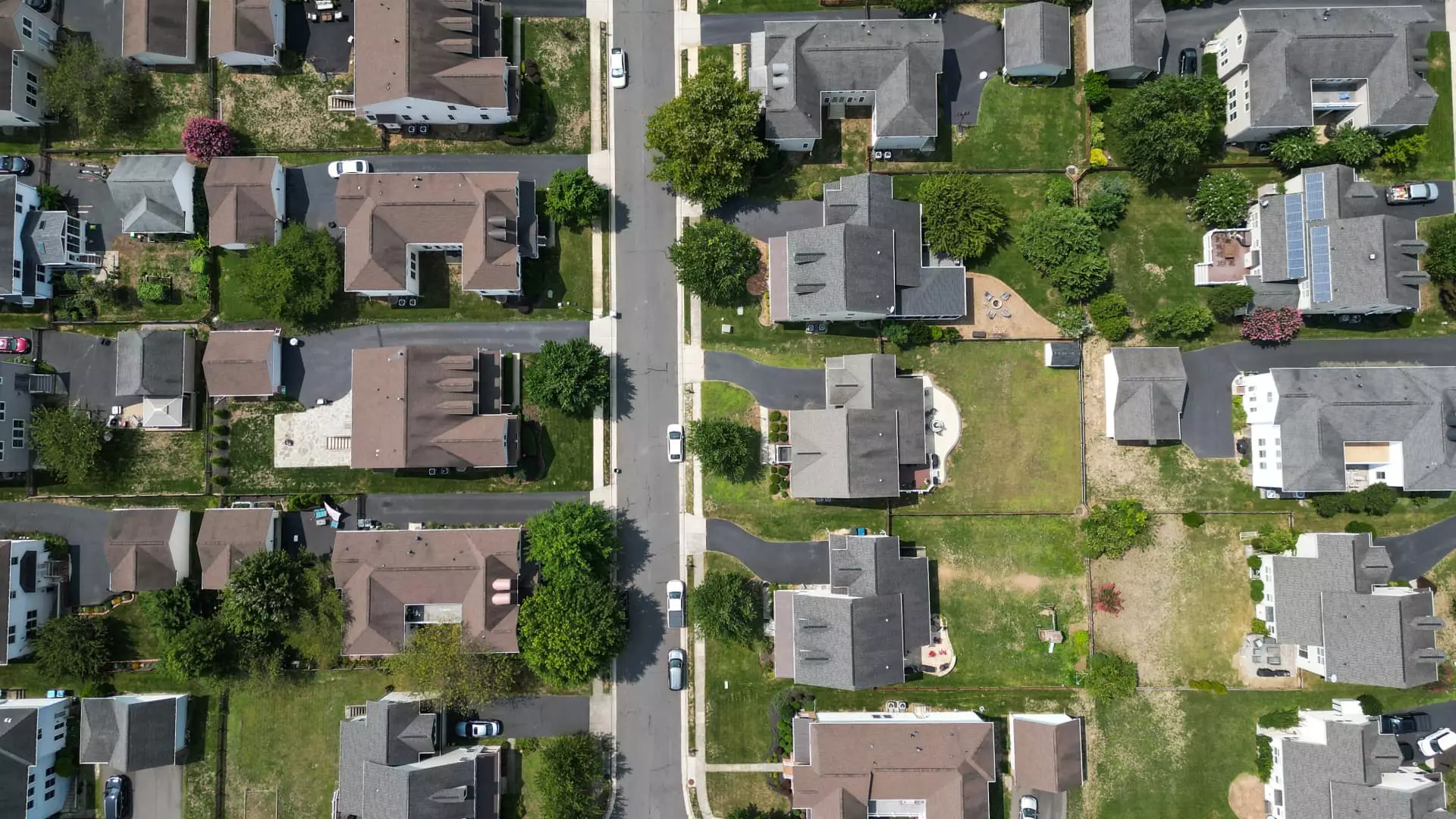In a shocking turn of events, mortgage rates have surged to an uninspiring 6.85%. The rapid increase of 22 basis points on Monday and another 3 basis points on Tuesday has left prospective homebuyers bewildered. This represents a complete reversal from the previous week when rates saw a brief salve. One cannot help but draw parallels to the chaos on Wall Street: when one market tumbles, the other seems to follow in a frenzied dance. Mortgage rates, like stocks, rely heavily on market perception, and this week, that perception shifted rapidly.
Bonds: A Roller Coaster Ride of Fear and Hope
Last week’s drop in mortgage rates was a knee-jerk response to President Donald Trump’s announcement of tariffs, which sent the stock market diving and triggered a wave of panic among investors. On the other hand, they flocked to the bond market as a sanctuary, driving down bond yields. This momentary reprieve for mortgage rates was short-lived. Matthew Graham of Mortgage News Daily captured the essence of this volatile environment: the bond market is rife with uncertainty, waiting for reassurance. The theoretical ice melting reference used by Treasury Secretary Scott Bessent reflects the tentative nature of economic confidence—the heat is mounting, but how quickly will it all fall apart?
The Fragile Spring Housing Market
Housing analysts had desperately hoped that the dip in mortgage rates might breathe new life into a lethargic spring housing market. Unfortunately, the dream remains unfulfilled as high prices and economic anxieties continue to dampen buyer enthusiasm. Danielle Hale of Realtor.com articulates the underlying tension: while more homes and sellers are entering the market, the immense cost of buying coupled with escalating economic uncertainty suggests a lackluster response from buyers.
This mayhem begs the questions: why are buyers disengaging from the market? The dissonance between low mortgage rates and an unyielding housing market stems partially from psychological factors; the fear of long-term financial commitment in an unstable economic landscape looms large. How can one navigate a home purchase with confidence when the financial waters are so murky?
A Closer Look at Consumer Confidence
The broader economic picture is as disheartening as the housing market itself. The latest figures indicate that pending home sales rose only marginally—2% from January to February—despite the substantial drop in mortgage rates earlier this year. Lawrence Yun, the chief economist at the National Association of Realtors, paints a stark reality: home sales remain perilously low, well below customary historical levels.
Clearly, the public’s hesitation is palpable. People are not just concerned about the immediate costs of buying a home; they are wary of the larger economic implications—all of which feed into their willingness to invest. This fear of making a long-term commitment is compounded by the relentless rise in home prices, which remains stubbornly high despite any outward signs of market improvement.
The Data Dilemma: What’s Next for Mortgage Rates?
As the financial world eagerly waits for new economic data—such as the upcoming consumer price index and producer price index reports—the tone is set for another rate fluctuation. These metrics carry a heavy significance, often determining the direction in which rates will sway next. In this period of heightened scrutiny, borrowers are left in a state of precarious anticipation, as one release of data could dictate their financial futures.
The irony is rich: as a center-wing liberal, I believe that government intervention and careful regulation could simplify these complexities and stabilize the housing market. A conscious effort to address income inequality and support first-time homebuyers would create pathways for many who currently feel locked out of the market. Without proactive measures, homeowners and potential buyers face a tempestuous landscape of uncertainty—a scenario that paints the American dream of homeownership in shades of gray.
In a world where hope is tenuous, the missing ingredient is clear: clarity. Until we confront these challenges head-on with integrity and intention, the relationship between mortgage rates, housing markets, and economic stability will continue to be tumultuous and fraught with anxiety.

